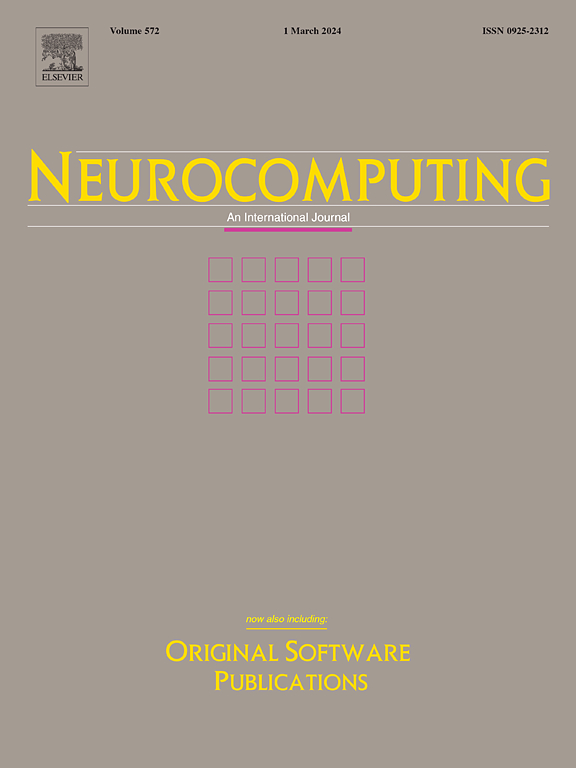一种基于像素级特征重要度的自适应加权融合网络用于两阶段6D姿态估计
IF 5.5
2区 计算机科学
Q1 COMPUTER SCIENCE, ARTIFICIAL INTELLIGENCE
引用次数: 0
摘要
在智能工业中,对图像中物体的准确识别和定位是机器人进行自主智能操作的基础。随着深度学习数据融合技术在姿态估计中的快速发展和应用,现有的6D姿态估计方法取得了许多成果。然而,对于背景杂乱、纹理不明显、物体遮挡的场景,现有的方法大多精度不够。此外,现有方法忽略了实例分割精度对姿态估计精度的影响。针对上述问题,本文提出了一种基于轻量实例分割的自适应像素重要性加权融合网络的两阶段6D姿态估计方法TAPWFusion。在实例分割阶段,提出了一种基于多尺度关注和边界约束的轻量级实例分割网络CVi-BC-YOLO,以提高分割精度和效率。在姿态估计阶段,为了消除光照和遮挡的干扰,提高姿态估计的精度,我们提出了一种自适应像素重要性加权融合网络APWFusion,自适应地评估RGB颜色和点云几何信息的重要性。在LineMOD、YCB-Video和T-LESS数据集上的实验证明了该方法的先进性和有效性。本文章由计算机程序翻译,如有差异,请以英文原文为准。
A novel adaptive weighted fusion network based on pixel level feature importance for two-stage 6D pose estimation
In intelligent industry, accurate recognition and localization of objects in an image is the basis for robots to perform autonomous and intelligent operations. With the rapid development and application of deep learning data fusion technology in pose estimation, the existing 6D pose estimation methods have made many achievements. However, most of the existing methods are not accurate enough to cope with scenes with cluttered backgrounds, inconspicuous textures, and occluded objects. In addition, the existing methods ignore the effect of the accuracy of instance segmentation on the accuracy of pose estimation. To address above issues, this paper proposes a two-stage 6D pose estimation method based on adaptive pixel-importance weighted fusion network with lightweight instance segmentation, named TAPWFusion. In the instance segmentation stage, a lightweight instance segmentation network based on multiscale attention and boundary constraints, named CVi-BC-YOLO, is proposed to improve segmentation accuracy and efficiency. In the pose estimation stage, to eliminate the interference of lighting and occlusion, and enhance the accuracy of the pose estimation, we propose an adaptive pixel-importance weighted fusion network, named APWFusion, which adaptively evaluates the importance of RGB color and the geometrical information of the point cloud. Experiments on LineMOD, YCB-Video and T-LESS datasets prove the advanced and effective nature of our proposed method.
求助全文
通过发布文献求助,成功后即可免费获取论文全文。
去求助
来源期刊

Neurocomputing
工程技术-计算机:人工智能
CiteScore
13.10
自引率
10.00%
发文量
1382
审稿时长
70 days
期刊介绍:
Neurocomputing publishes articles describing recent fundamental contributions in the field of neurocomputing. Neurocomputing theory, practice and applications are the essential topics being covered.
 求助内容:
求助内容: 应助结果提醒方式:
应助结果提醒方式:


